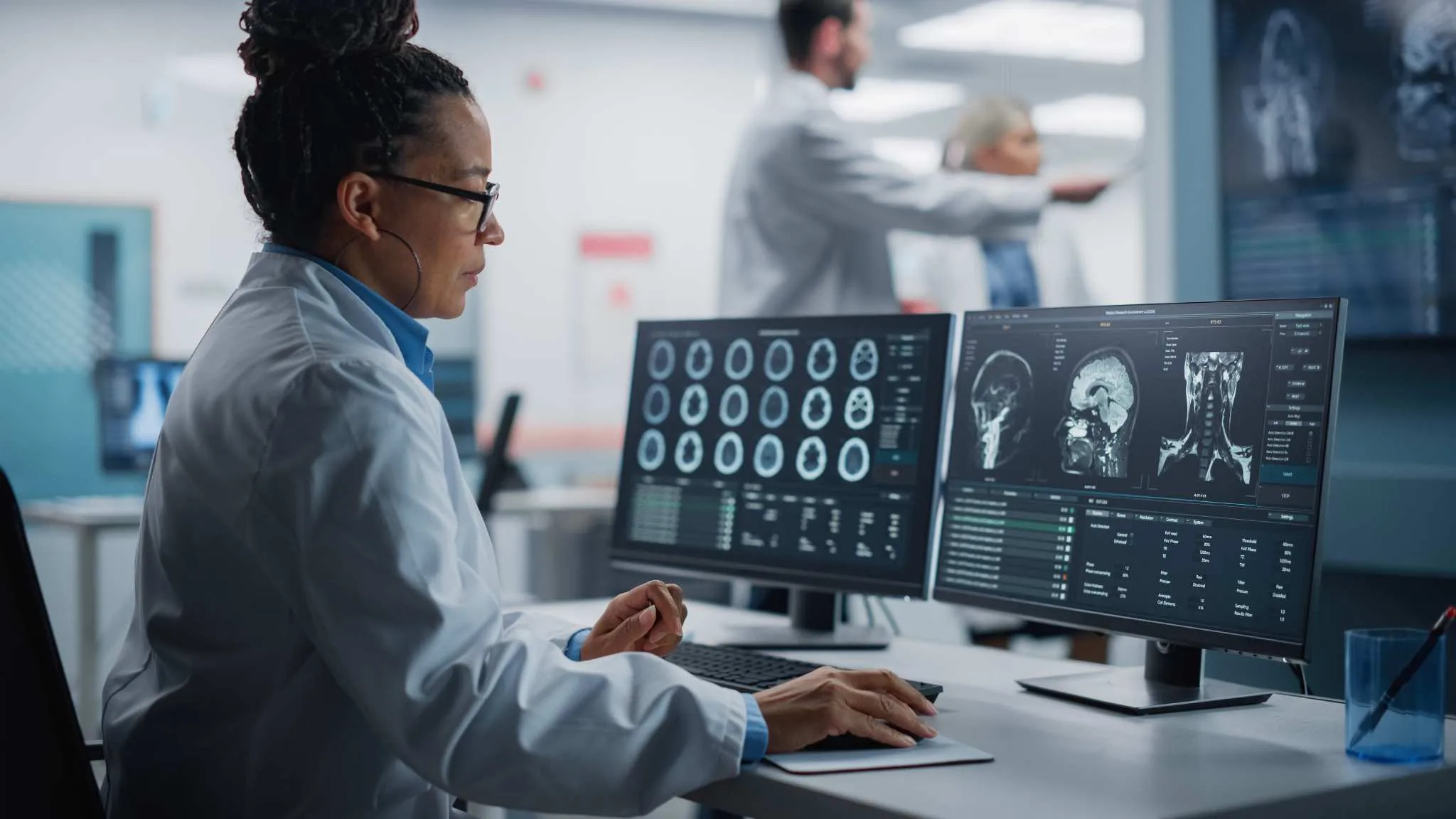Car accidents can lead to a variety of injuries, but one of the most severe and potentially life-threatening is a brain bleed. This condition demands immediate medical attention to prevent serious, long-term consequences. Understanding the nature of brain bleeds, their causes, and recognizing symptoms early can be crucial for effective treatment and recovery.
The Anatomy of a Brain Bleed
A brain bleed, or intracranial hemorrhage, occurs when an artery in the brain bursts, leading to localized bleeding in the surrounding tissues. This causes pressure on the brain and can result in significant damage. Brain bleeds are classified into different types based on their location and the source of the bleeding:
- Subdural Hematoma: This occurs when veins between the brain surface and its outer covering (the dura) rupture. Subdural hematomas are often caused by severe head trauma and can develop slowly over time, making them particularly dangerous if left undetected.
- Epidural Hematoma: This type involves bleeding between the dura and the skull. It typically results from a skull fracture tearing an underlying blood vessel. Epidural hematomas can lead to rapid increases in intracranial pressure, necessitating urgent medical intervention.
- Intracerebral Hemorrhage: This type of bleed occurs within the brain tissue itself, often caused by high-impact trauma. Intracerebral hemorrhages can lead to widespread brain damage, depending on the size and location of the bleed.
Understanding these different types of brain bleeds helps in recognizing the severity and urgency required in treating such injuries, especially those resulting from car accidents.
Common Causes of Brain Bleeds in Car Collisions

Car accidents can cause brain bleeds through various mechanisms, all involving some form of head trauma. Here are the most common causes:
Direct Head Impact: When a vehicle comes to a sudden stop or is involved in a collision, the occupants’ heads can strike the steering wheel, dashboard, or windows. This direct impact can cause blood vessels in the brain to rupture, leading to a brain bleed.
Sudden Jolts: Even without direct impact, the force of a collision can cause the brain to move violently within the skull. This sudden movement can stretch and tear blood vessels, resulting in internal bleeding. This mechanism is often seen in cases of whiplash, where the rapid back-and-forth motion of the head causes injury.
Secondary Collisions: Objects within the car, such as loose items or deployed airbags, can also contribute to head trauma. For instance, an airbag deploying at high speed can cause significant blunt force to the head, potentially leading to a brain bleed.
Recognizing the Symptoms of a Brain Bleed
Recognizing the symptoms of a brain bleed early can be the difference between life and death. Here are key symptoms to watch for after a car accident:
- Persistent Headaches: One of the most common symptoms, persistent and worsening headaches, can indicate increased pressure in the brain.
- Dizziness and Nausea: These symptoms can result from increased intracranial pressure or disrupted brain function.
- Altered Consciousness: This includes confusion, drowsiness, or difficulty waking up. Any changes in consciousness levels should be treated as a medical emergency.
- Vision Changes: Blurred vision, double vision, or loss of vision can occur if the area of the brain responsible for vision is affected.
- Speech and Motor Impairments: Difficulty speaking, understanding speech, or motor function can indicate significant brain damage.
- Seizures: The onset of seizures following a head injury is a critical sign of a brain bleed and requires immediate medical attention.
Emphasizing early detection, if you or a loved one experience any of these symptoms following a car accident, seek medical consultation immediately.
Diagnostics and Treatments for Brain Bleeds from Car Accidents
Identifying a brain bleed promptly is crucial for effective treatment and recovery. Diagnostic tools like CT scans and MRIs play an essential role in this process. CT scans provide detailed images of the brain, allowing doctors to quickly identify any bleeding or swelling. MRIs, on the other hand, offer high-resolution images that can detect even the smallest hemorrhages and provide a comprehensive view of brain structures. These tools are indispensable in assessing the extent of the injury and formulating an appropriate treatment plan.
When it comes to treating brain bleeds, the approach depends largely on the severity of the condition.
- Minor Brain Bleeds: These may be monitored closely without the need for immediate surgery. Patients are often kept under observation in a hospital setting to ensure the bleeding does not worsen.
- Moderate to Severe Brain Bleeds: These typically require more aggressive intervention. Surgical options may include craniotomy, where a portion of the skull is removed to relieve pressure and repair the damaged blood vessels, or less invasive procedures like endovascular coiling.
Long-Term Effects and Rehabilitation for Brain Bleeds
Brain bleeds can have significant long-term impacts, including both cognitive and physical impairments. Survivors may experience challenges such as memory loss, difficulty concentrating, and changes in personality or behavior. Physically, they might face issues like impaired coordination, weakness, and persistent headaches.
Rehabilitation is a critical component of recovery for those who have suffered brain bleeds. This process often involves a multidisciplinary approach, including physical therapy, occupational therapy, and cognitive rehabilitation. These therapies aim to help patients regain their independence and improve their quality of life.
Chiropractic care can play a supportive role in the holistic recovery of accident victims. Chiropractic treatments can help manage pain, improve mobility, and support overall well-being. Through spinal adjustments, soft tissue therapy, and targeted rehabilitation exercises, chiropractic care can aid in restoring normal function and alleviating discomfort caused by the injury.
Preventing Brain Bleeds: Safety Measures and Tips
Preventing brain bleeds in car accidents involves adopting practical safety measures that can significantly reduce the risk of severe injuries.
- Always Wear Seat Belts: Seat belts are the most effective way to prevent severe injuries during a car accident. Make sure everyone in the vehicle is buckled up at all times.
- Maintain Proper Driving Posture: Sitting upright and maintaining a proper posture can help reduce the risk of head injuries during a collision. Adjust your seat to ensure you are comfortably and safely positioned.
- Regular Vehicle Maintenance: Keeping your vehicle in good condition can prevent accidents caused by mechanical failures. Regularly check your brakes, tires, and lights to ensure your vehicle is safe to drive.
- Avoid Distractions: Focus on the road and avoid using your phone or engaging in other distractions while driving. Staying alert can help you react quickly to potential hazards.
By following these safety measures, you can significantly reduce the risk of brain bleeds and other serious injuries in the event of a car accident.
How Affordable Chiropractic Killeen Can Help
Brain bleeds from car accidents require immediate medical intervention, but the journey to recovery doesn’t end there. At Affordable Chiropractic Killeen, we provide comprehensive support for your recovery and overall well-being post-treatment. Our services include chiropractic therapy, spinal decompression, and active rehab to aid in the healing process and help you regain your strength and mobility.
For expert care and personalized treatment plans, trust our dedicated team to support you every step of the way. Contact Affordable Chiropractic Killeen today to learn more or to schedule an appointment.
Let us help you on your path to recovery with the quality care you deserve.

